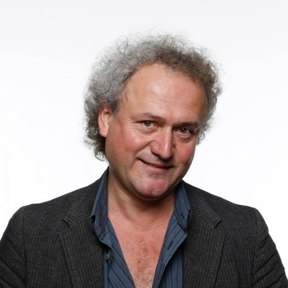NATO's 5% GDP defense target: A new era for collective security
NATO Secretary General Mark Rutte met with Labour Prime Minister Keir Starmer in London on Monday, June 9, 2025.
Their discussions focused on the organization of the upcoming NATO summit in The Hague, scheduled for June 24-25. On this occasion, Rutte stated that NATO must achieve a "quantum leap in collective defense" to address increasing instability and threats.
Like other NATO members, the United Kingdom has re-evaluated its defense spending since Russia's full-scale invasion of Ukraine in February 2022. Prime Minister Starmer has pledged to increase British defense spending to 2.5% of GDP by 2027 and to 3% by 2034.
In the context of these discussions, Rutte proposed an ambitious target of 3.5% of GDP for direct military spending, with an additional 1.5% allocated to "defense-related expenditures," which include essential infrastructure such as roads, bridges, airfields, and seaports.
Analysts and NATO officials have argued that Russia launched its invasion of Ukraine to prevent NATO expansion, but subsequently faced an increased Alliance presence at its borders.
Currently, the United States, allocating 3.4% of its GDP to military expenditures, de facto covers two-thirds of NATO's budget—effectively the collective European defense budget. In contrast, only 23 of the 32 member countries currently meet the previously required 2% threshold.
The new target, to be discussed at the Alliance summit in The Hague, would satisfy a demand made by Donald Trump, who has consistently argued that member states should spend 5% of their GDP on defense. Trump has long questioned NATO's value, often complaining that the U.S. provides security to European countries that do not contribute enough to this effort.
During his visit to London on Monday, NATO Secretary General Mark Rutte emphasized that the Alliance requires thousands of armored vehicles and millions of artillery shells, along with a 400% increase in Europe's air and missile defense sector.
An important question concerns the deadline for member countries to raise their defense budgets to 5% of GDP. (Notably, Romania already meets the 2% threshold.) NATO Secretary General Mark Rutte stated that the deadline could be 2032, but some countries geographically closer to Russia are pushing for a stricter timeline.
What the 5% GDP target entails
The 5% GDP target, requested by Washington, would be a very difficult step for most countries, even the United States, to achieve, had NATO Secretary General Mark Rutte not proposed dividing it into two parts. One part, 3.5%, would be for pure defense expenditures: tanks, ships, planes, ammunition, radars, etc. The other 1.5% would cover "defense-related" expenditures, with a much broader scope, including cybersecurity, artificial intelligence, space, citizen mobilization, border protection, reservist training, and plans to ensure the mobility of forces in Europe.
Is there room for negotiation?
The key principle is "interoperability"—the ability of 32 countries to conduct large-scale, high-tech military operations together. Therefore, it is not desirable for each country, for example, to start manufacturing tanks independently to secure its share.
Coordination with the European Union is also essential. Some countries are calling for this percentage to be achieved by 2032. Others propose achieving it by 2035 or even later, acknowledging that building certain equipment can take two decades. Estonia and Lithuania, bordering Russia, are pushing for this percentage to be achieved by 2030.
An anonymous source even suggested that Spain aims to include funds used for combating climate change as a way to meet the overall objective.
Amidst the intense discussions preceding the NATO summit, an important decision for strengthening transatlantic security ties has been announced: the Alliance appointed Lieutenant General Alexus G. Grynkewich as the new Supreme Allied Commander Europe. He is American, thus ending rumors that the U.S. might have left this crucial role to a non-American or European.
Translation by Iurie Tataru




